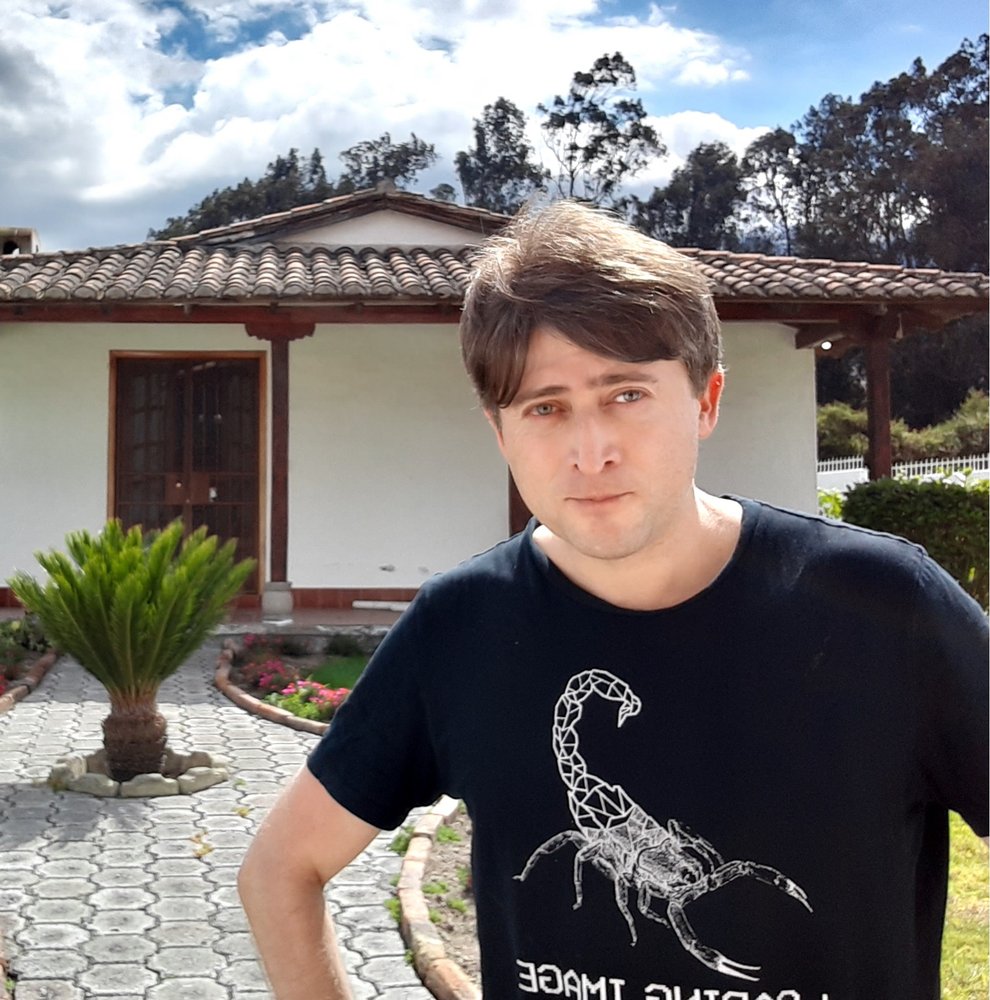Urbanization and industrialization brought brand new sounds into our environments. Sounds audible to humans are being regulated so that they don't harm the body, but what about the regulation of sounds beyond our hearing range?
The webinar focuses on the current understanding of the mechanisms of sounds beyond the audible range of human beings. What are the effects of infrasound and ultrasound on people? Lecturers, prof. dr. Gregor Geršak, assoc. prof. dr. Carlos Jurado, and dr. Leonie Ascone cooperated in the EARS2 project supported by the EU, whose purpose was to study and understand the effects of ultra- and infrasound on the human physical and psychological wellbeing. Audiences discover how the findings of this project broadened the understanding of the reactions of our bodies and brains to imperceptible sounds by tuning into the webinar Perception of Inaudible Sounds (which originally took place on Thursday, 3 February 2022 at 18.00).
The topic of prof. dr. Gregor Geršak's lecture is exploring what ultra- and infrasound is, and where it can be found in everyday life, how ultra- and infrasounds are formally regulated, and what their possible harmful effects are.
Associate prof. dr. Carlos Jurado presents current findings on the audibility and loudness of infrasound and low sound frequencies, and the possibility of infrasound triggering a vestibular response. The lecture delves into the question whether infrasound can affect the perception of other sounds. New research findings on the effects of infrasound and ultrasound on healthy adults are also showcased.
Dr Leonie Ascone discusses the current knowledge on the psychological and neurological effects of infra- and ultrasound on humans and the results of a randomized experimental study investigating inaudible infra- and ultrasound in practice (e.g. through sound installations and exposure to these sounds in bedrooms at night). She concludes with a critical look at the general state of research on the effects of infra- and ultrasound on humans.
The discussion is hosted by Ana Kuder, psychology graduate at the University of Primorska, who said about the webinar: "Sound and music surround us all the time, they've been with us since before we were born. The ability to perceive sounds is a given for most people, but we seldom think about the broad impact of sound on human functioning. I'm happy that the B-AIR project explores this with the help of various experts, expanding our knowledge in the field." and Manca Kok, psychology student at the University of Amsterdam. She told us: "To me, sound appears as a fascinating sensual phenomenon, since we are never really aware of the plethora of sound information we are always taking into account, for example in the daily perception of space, while being extremely receptive to any sounds outside our expectations or emotional state. We move within sound just as much as in visible space, but we perceive it in a different way."
The webinar runs in cooperation with the organization group of the Brain Awareness Week, in the framework of SiNAPSA – the Slovenian Neuroscience Association, and the international project B-AIR led by Radio Slovenia. The goal of this collaboration is to expand the meaning of sound and music for humans through a neuroscientific lens. With various lectures, roundtables, interviews and other events, it presents the neuroscientific background to the perception of sound and music in the broadest sense, linking neuroscientific findings with other scientific fields.




